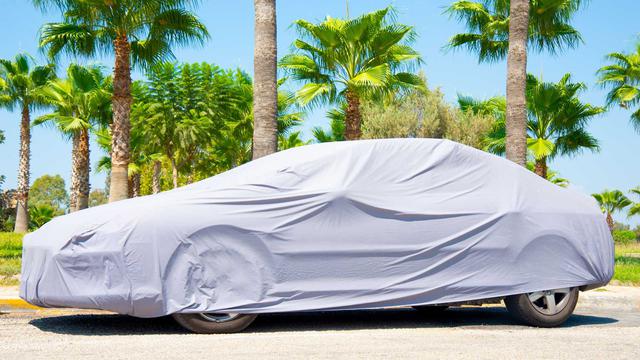Komodo dragons had never been successfully hatched in Australia, until now. The Australian Reptile Park recently announced that they have welcomed three Komodo dragons in a first for the country.
Hatching Komodo dragons is no easy task as the eggs need to be incubated for seven months. A lot can go wrong in that time, and even getting the eggs fertilized is risky as Komodo dragon mating can be anything from licking and scratching to wrestling and biting.
“A lot of work goes into the breeding of Komodo dragons,” said Head Reptile Keeper, Jake Meney in a statement emailed to IFLScience.
“These are two animals that could potentially kill each other and do some serious damage to us keepers in the process. It was a bit touch and go during the initial introductions, however our female became receptive and the two mated successfully which led to the hatching of these three perfect baby dragons.”
The babies are born to parents Kraken and Daenerys and all three have passed their first-week health checks. Right now, they weigh between 112 – 116 grams (4 – 4.1 ounces) and are just 40 centimeters (15.7 inches) long, but with good care they’ll get much bigger as Komodo dragons are the largest lizards in the world.
By comparison, adult Komodo dragons weigh around 70 kilograms (154 pounds), with the longest verified length being 3.13 meters (10.3 feet). A long way to go, then, but the babies are already well on their way having been snacking on insects.
The Australian Reptile Park is now the first zoo in Australia to have successfully bred and hatched Komodo dragons as no other zoo, sanctuary or facility in the country has ever done this. Live Science reports that the first time Komodo dragons were hatched outside of Indonesia was in 1992 at the Smithsonian Zoo in Washington, US.
Komodo dragons are currently listed as Vulnerable on the IUCN Red List For Endangered Species. They face threats from human encroachment, poaching, and a shortage of egg-laying females. The babies’ arrivals are good news for the species as it demonstrates that captive breeding programs can be successful.
“The next stage is ensuring the successful raising of the hatchlings,” Meney continued.
“We have plans on moving them onto display in a purpose-built home for them soon and keeping up their feeding routine and regular health checks. They grow pretty quickly – within their first year, we are hoping for them to reach almost a metre [3 foot] in length and one kilo [2 pounds].”
Welcome to the world, lil’ dragons.



